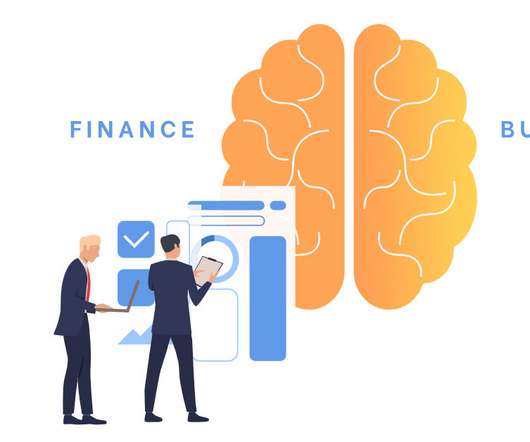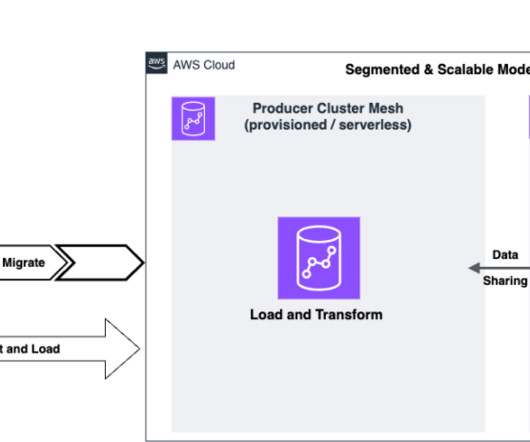Financial Intelligence vs. Business Intelligence: What’s the Difference?
Jet Global
APRIL 20, 2020
This practice, together with powerful OLAP (online analytical processing) tools, grew into a body of practice that we call “business intelligence.” Past performance and current conditions are critically important; but without a view to the road ahead, business leaders risk being blindsided by unexpected developments.















Let's personalize your content